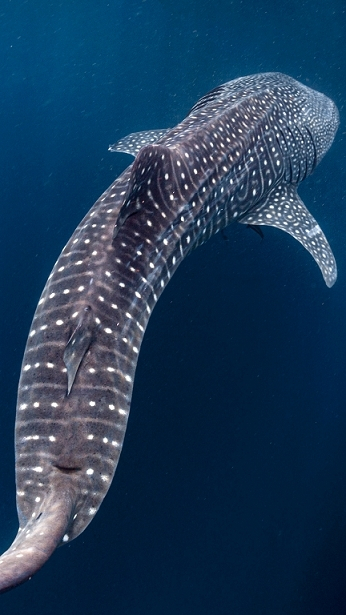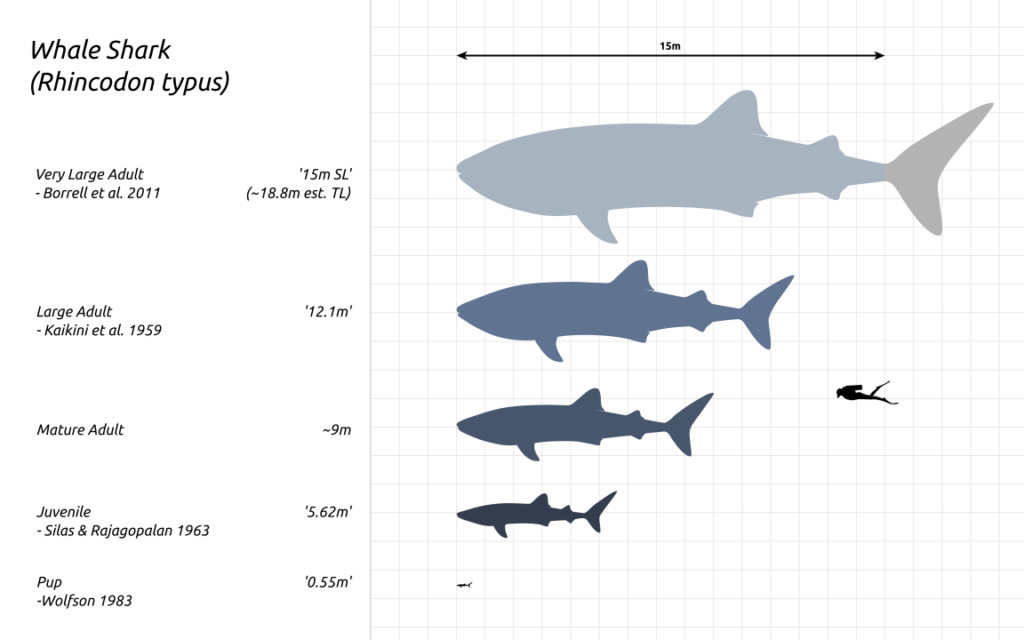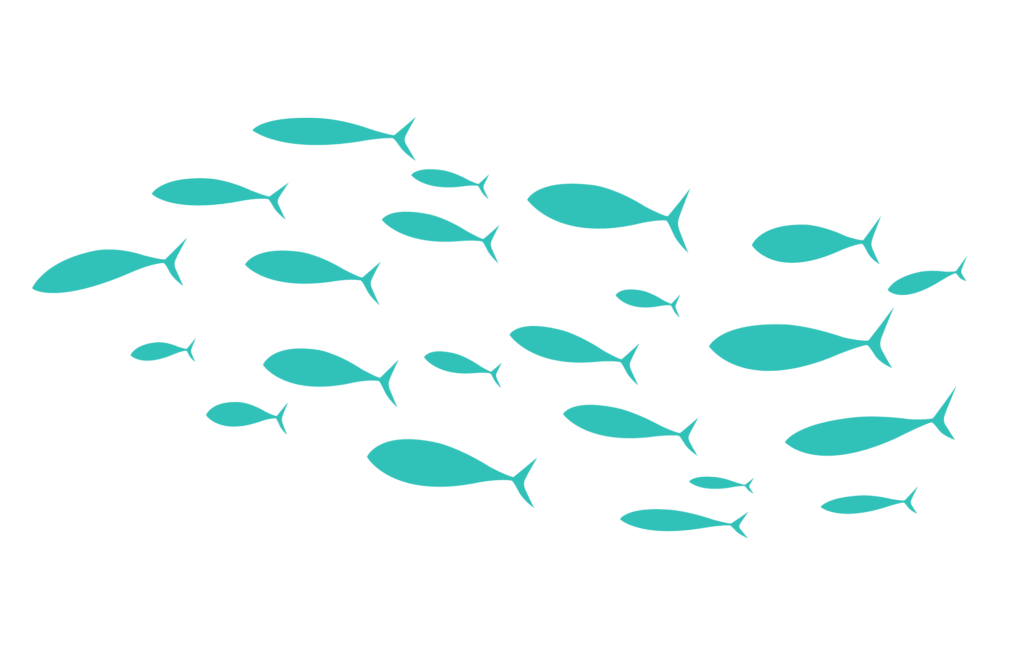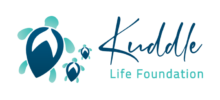What The Fish – The Polka-Dotted Shark That Loves Plankton!
In our series “what the fish” let’s try to understand these magnificent creatures a little better.


If Popeye loves spinach, our favourite polka-dotted shark loves plankton. The whale shark is the largest filter-feeding fish of the ocean.
Wait, why are they called ‘whale’ ‘sharks’. Are they whales, or are they sharks? And what’s filter-feeding?
Well, let’s get there!
Whale sharks come from the family of sharks. That means they are a fish, whereas whales are mammals. The reason they are called whale sharks is due to their sheer size. They can be as huge as some species of whales.
So does this mean you should swim away if you spot a whale shark on a dive? NO WAY! They’re completely harmless and thus popularly known as the gentle giants of the oceans.
Whale sharks are filter-feeders like the baleen whale. Filter-feeders are a group of animals that feed by straining suspended matter and food particles, typically by passing the water through a specialized filtering system. They’re one among the only known three filter-feeding shark species.
How big can a whale shark be?
The whale sharks can grow up to 40 feet long, but on average they can be 12-36 feet long and weigh 20 tonnes (20,000 kgs). Adults have an average length of 18-32 feet, whereas a whale shark pup at birth can be 16 to 24 inches in length. Isn’t that fascinating?
“The largest known whale shark was approximately 18 meters long (62 feet)”

What part of the world does the whale shark come from?
Whale sharks can generally be found in tropical seas. They’re migratory in nature and move to warmer waters during spring. Being a pelagic fish, they stick to the open and shallower seas, though they’re known to occasionally dive to depths of 1800 meters.
How long do whale sharks live?
A Whale shark’s estimated lifespan ranges from 80 to 130 years based on the study of vertebrae growth bands and observing a few individuals in the wild.

Conservation and Whale Sharks
Currently, there are no robust estimates for the global population of whale sharks. According to the IUCN (International Union For Conservation of Nature), whale sharks are often a victim of fisheries, bycatch, and vessel strikes and thus are listed as endangered. In India, the whale shark is listed under Schedule I of the Wildlife Protection Act, 1972.

India has a vast population of whale sharks around its coast. You will often hear the news about these magnificent creatures being trapped in a fishing net or washing ashore and dying in the process. Strict policies to protect the oceans must be put in place so that a healthy balance is maintained in the marine ecosystem. Active community involvement and mainstreaming marine conservation in traditional fishing practices are even more crucial than before.
Kuddle Life Foundation strives to be a centre for the marine biologists & researchers of India to carry out insightful research and collect data which can help build a sustainable future for the oceans and the community that depends on it. We also aim to be a centre for hobbyists & volunteers who are passionate about the marine environment to have a means where they can contribute with their work and help make a difference.
Sources: Wikipedia, IUCN & National Geographic

Your support matters!
Help us reach more people. Share this post with your friends!